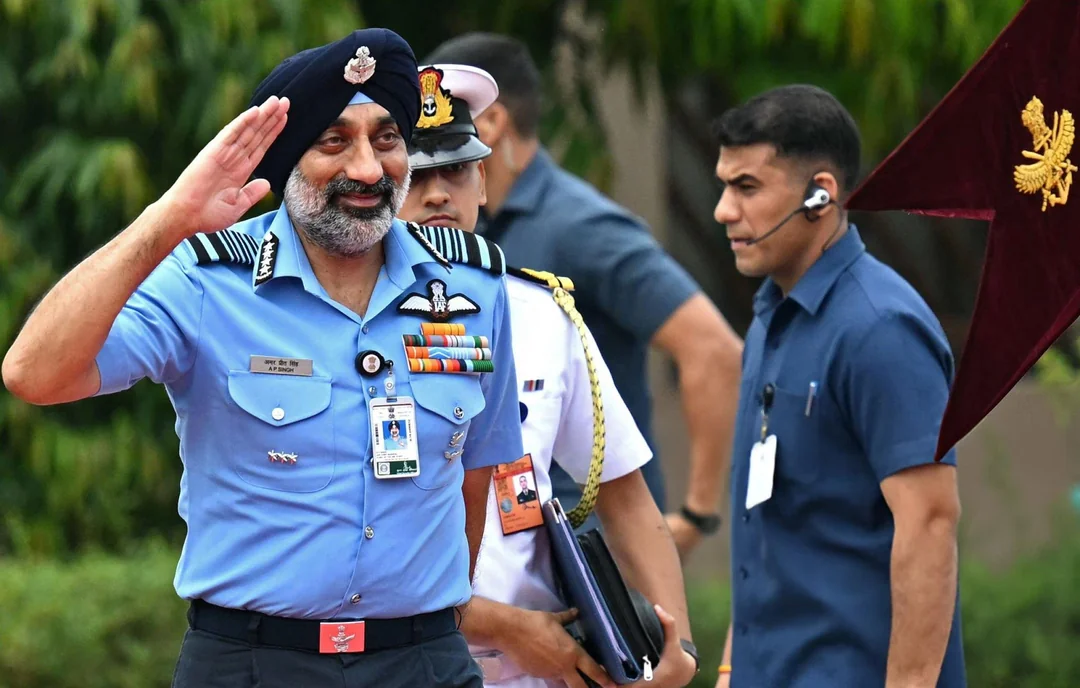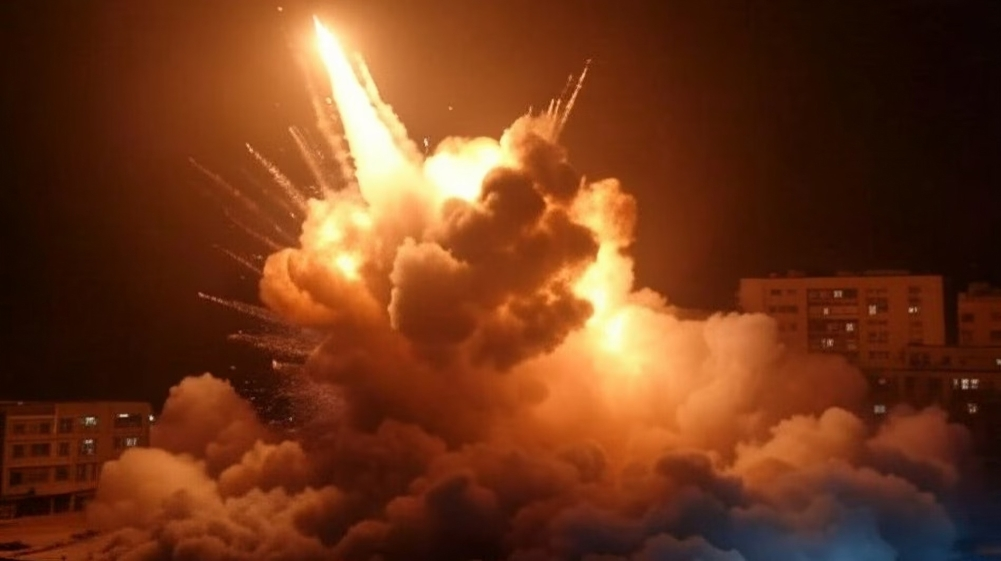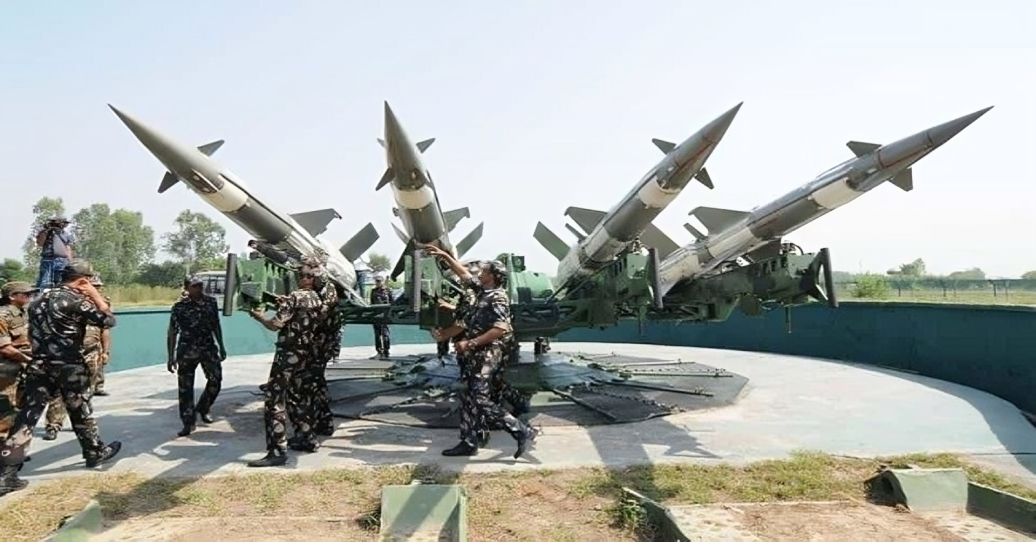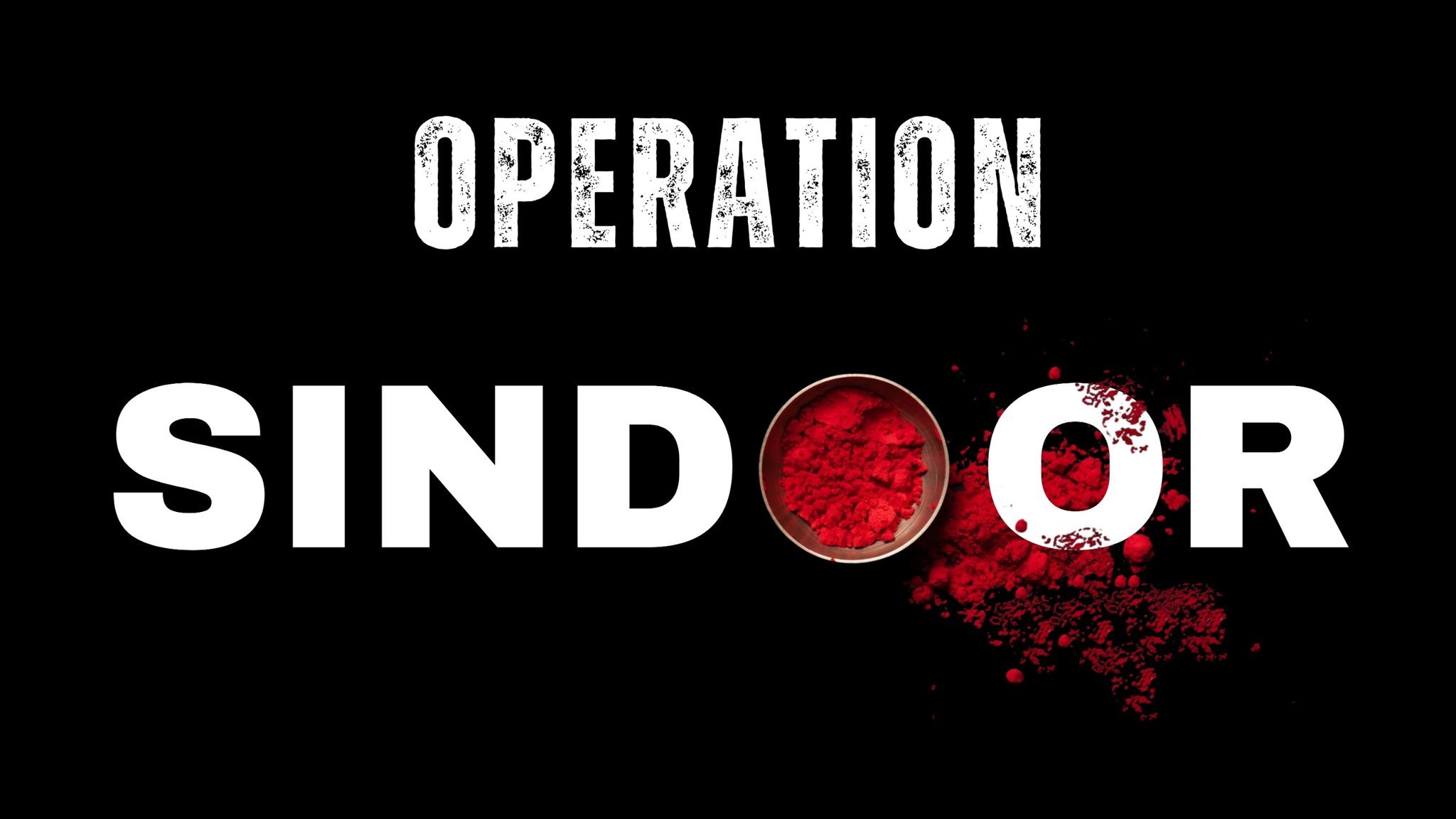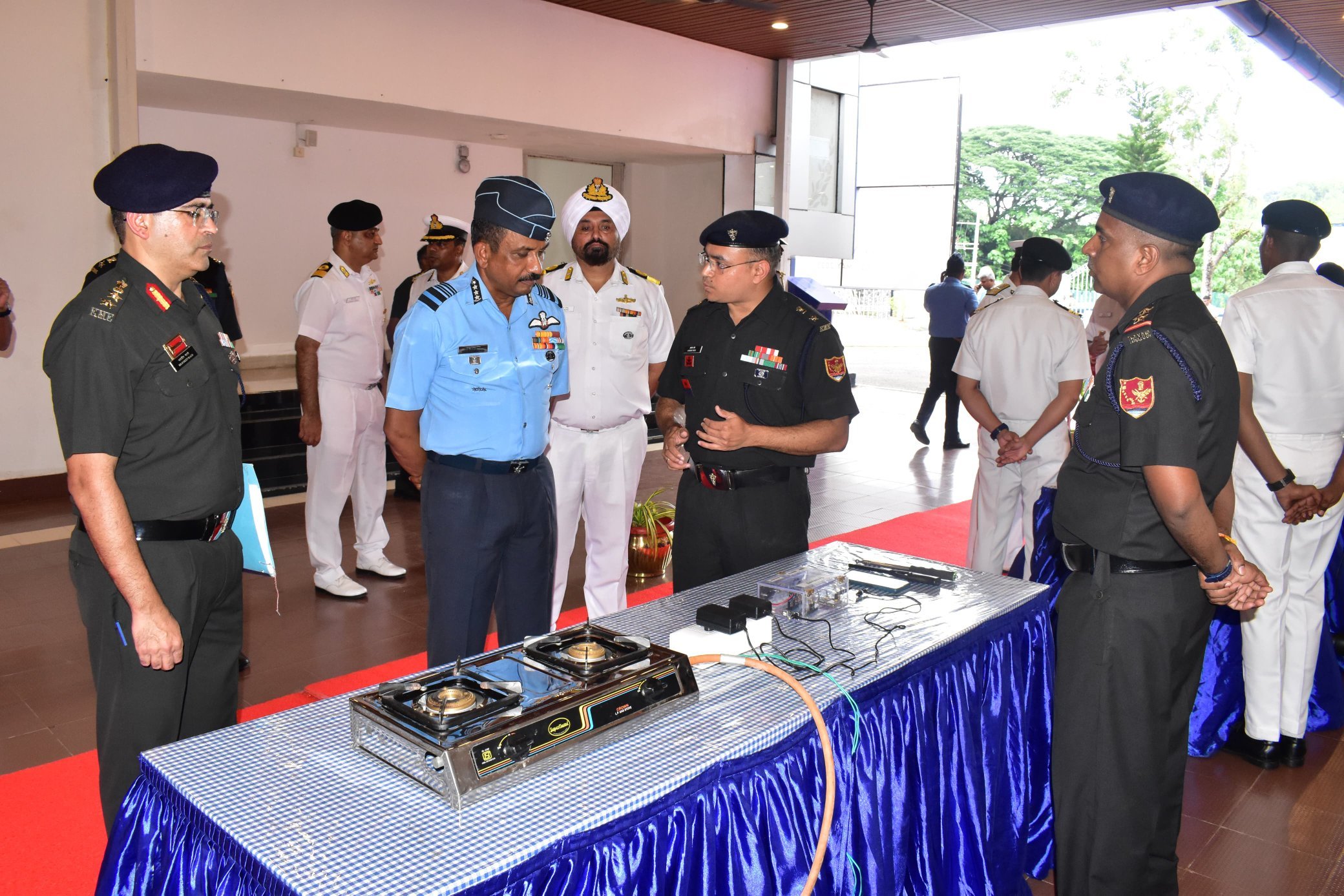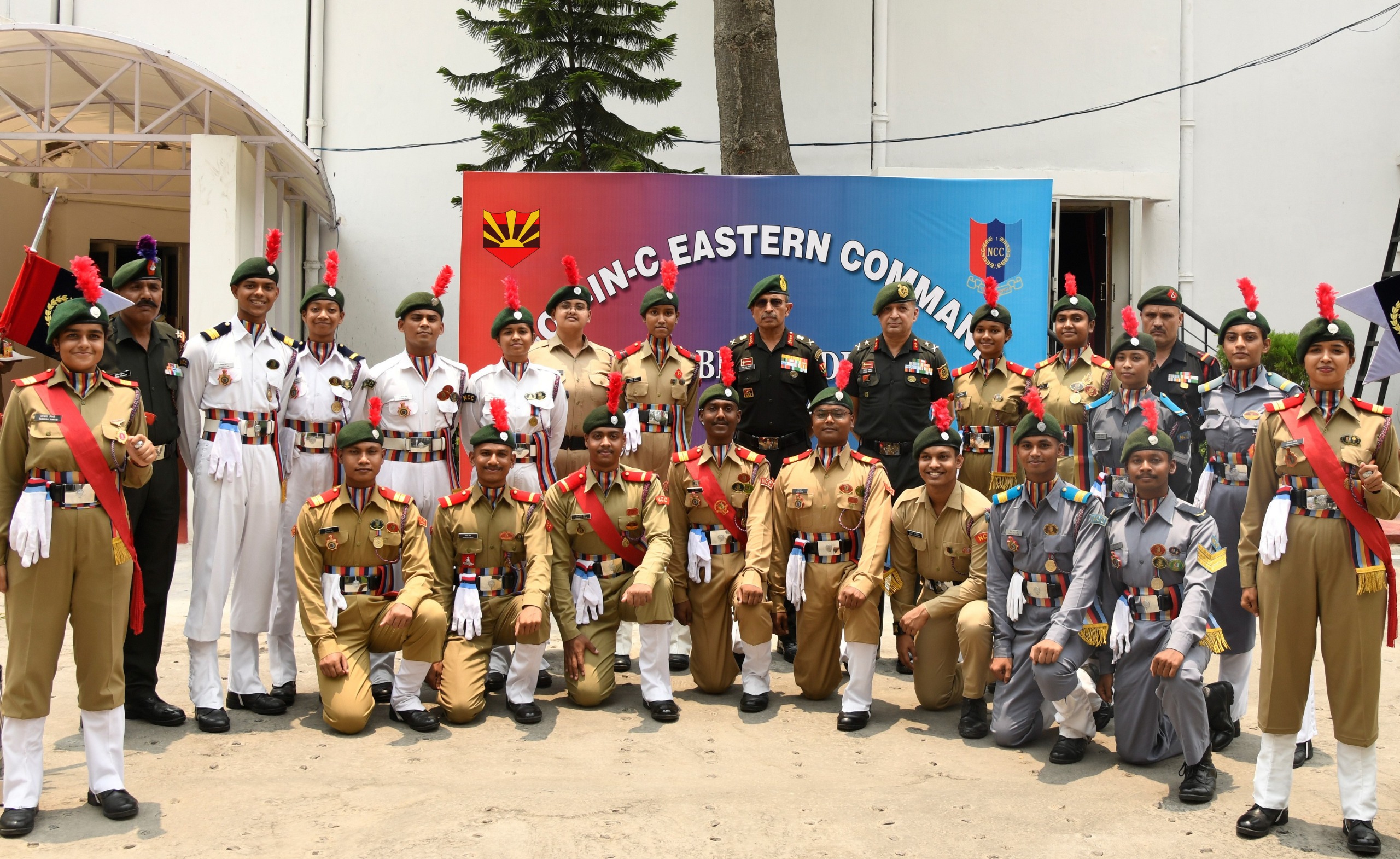All Indian Air Force Pilots involved in Operation Sindoor are safe
All Indian Air Force (IAF) pilots involved in the high-stakes Operation Sindoor have been confirmed safe, official sources stated early…
Pakistan Vows Retaliation After India’s Operation Sindoor: “Temporary Pleasure Will Become Enduring Grief”
Just a few hours ago India launched Operation Sindoor, targeting nine terror-linked sites in Pakistan and Pakistan-occupied Jammu and Kashmir…
India Activates Air Defence Units Along Pakistan Border To Tackle Any Eventuality After Operation Sindoor
Just a few hours ago the Indian Armed Forces carried out Operation Sindoor, striking nine terror-linked sites across Pakistan and…
“Justice Served” as India Launches Operation Sindoor, A Tri Service Operation
In a calibrated yet forceful response to the deadly terrorist attack in Pahalgam last month, the Indian Armed Forces launched…
Andaman and Nicobar Command Hosts Tri-Services Idea & Innovation Competition
The Andaman & Nicobar Command (ANC) reinforced its reputation as a crucible of innovation and joint operational excellence with the…
Indian Army’s Eastern Command Honours NCC Best Cadets
In a vibrant celebration of youth excellence and leadership, the Eastern Command of the Indian Army hosted the NCC Best…

